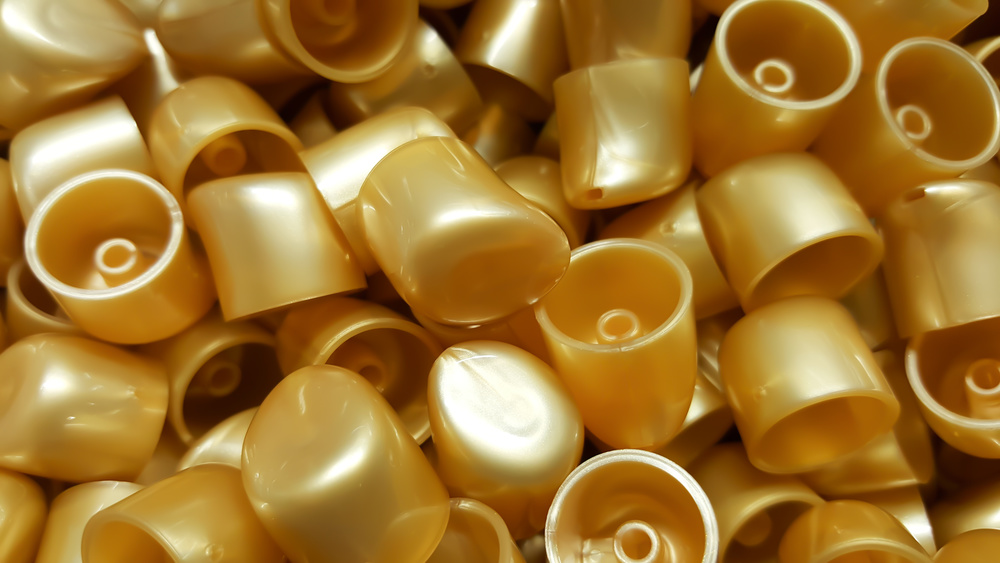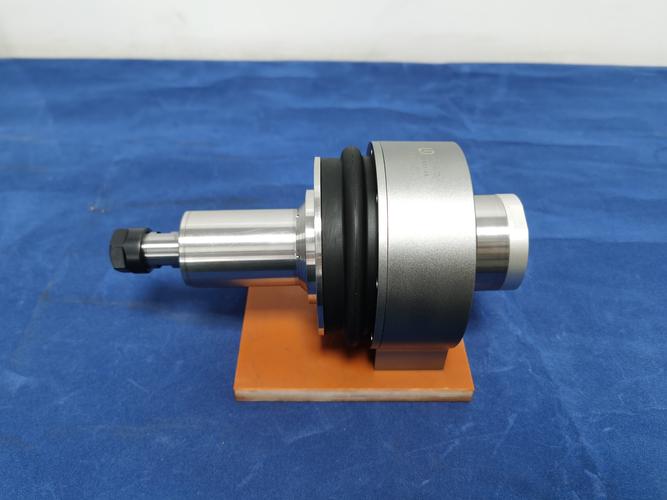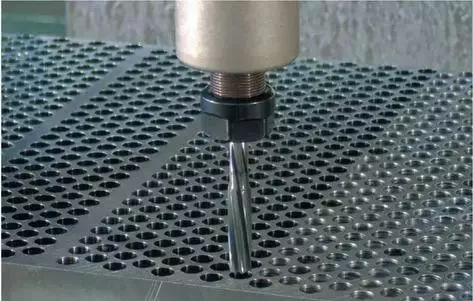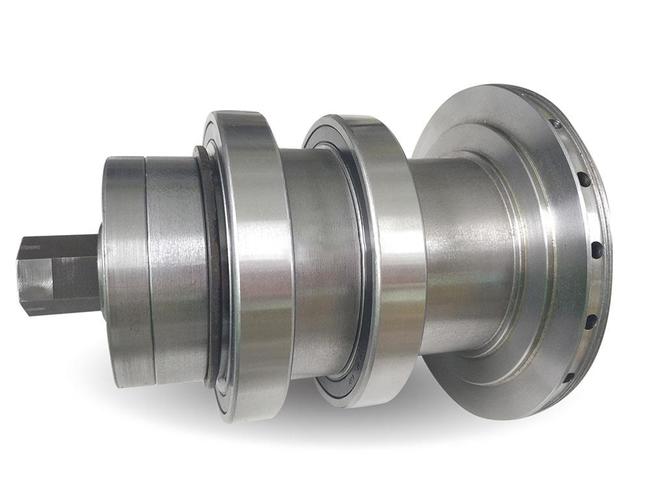1. Answer
The cost of CNC prototyping typically ranges from $100 to $5,000 for most projects, with custom or highly complex parts potentially exceeding this range. Key factors include material type (e.g., aluminum vs. titanium), design complexity (simple shapes vs. intricate geometries), precision requirements (±0.01mm vs. ±0.1mm), and batch size. For example, a simple aluminum part in small quantities might cost $200, while a complex titanium aerospace component could reach $10,000+. Small-batch production (e.g., 10–100 units) often incurs higher per-unit costs due to setup and programming expenses .
2. Explanation (Metaphor)
CNC prototyping costs are like custom furniture pricing. Just as a simple wooden stool is cheaper than a hand-carved mahogany bookshelf, a basic aluminum bracket costs less than a titanium medical implant with intricate internal channels. Material choice (e.g., plastic vs. metal), design complexity (e.g., flat surfaces vs. curved molds), and finishing requirements (e.g., rough vs. polished) all drive up costs. For instance, machining a smartphone casing with tight tolerances is like crafting a designer chair—both demand precision labor and premium materials, leading to higher fees .
3. Knowledge expansion
Core Cost Drivers
-
Material Costs:
- Metals: Aluminum (cost-effective, $2–$5/kg) vs. titanium (expensive, $30–$80/kg) .
- Plastics: ABS ($5–$10/kg) vs. high-performance PEEK ($100–$200/kg) .
- Waste: CNC machining can discard 30–50% of raw material, increasing material costs for large or complex parts .
-
Design Complexity:
- 5-axis machining: Required for complex shapes (e.g., turbine blades), costs 20–50% more than 3-axis due to advanced tooling and longer processing times .
- Tight tolerances: Achieving ±0.01mm precision demands slower machining speeds and rigorous quality checks, adding 10–30% to labor costs .
-
Batch Size:
- Economies of scale: Programming and setup costs (e.g., $500–$2,000) are fixed, so larger batches (100+ units) reduce per-unit costs by 30–50% .
Cost-Saving Strategies
- Material Optimization: Choose aluminum or plastic for prototypes unless strength/heat resistance is critical. For example, switching from titanium to aluminum in a drone frame reduced costs by 60% .
- Design Simplification: Avoid unnecessary features (e.g., deep cavities, fine threads) to cut machining time. A medical device company saved 25% by removing non-functional grooves .
- Batch Consolidation: Group similar parts to share programming and setup costs. A startup producing 5 prototypes saved 40% by machining them simultaneously .
Industry Examples
- Automotive: A car engine prototype made of aluminum (±0.05mm tolerance) costs $1,500–$3,000, while a titanium racing component (±0.01mm) may cost $8,000–$15,000 .
- Consumer Electronics: A smartphone casing (aluminum, polished finish) costs $300–$800 per unit for 10 units, dropping to $150–$300 per unit for 100 units .
- Medical: A custom prosthetic (titanium, biocompatible coating) ranges from $2,000–$5,000 due to material and precision requirements .
While 3D printing offers lower upfront costs for simple designs, CNC prototyping remains unmatched for metal parts requiring strength, precision, and functional testing. By balancing material selection, design complexity, and batch size, businesses can optimize costs without compromising quality .





